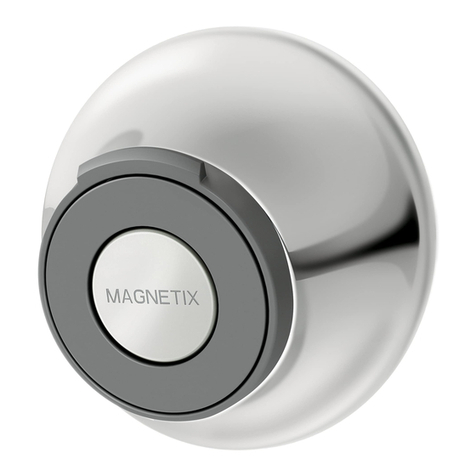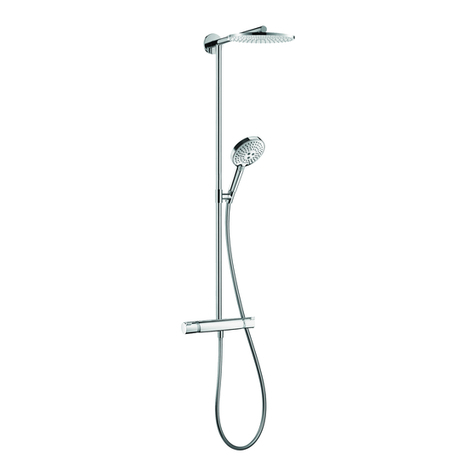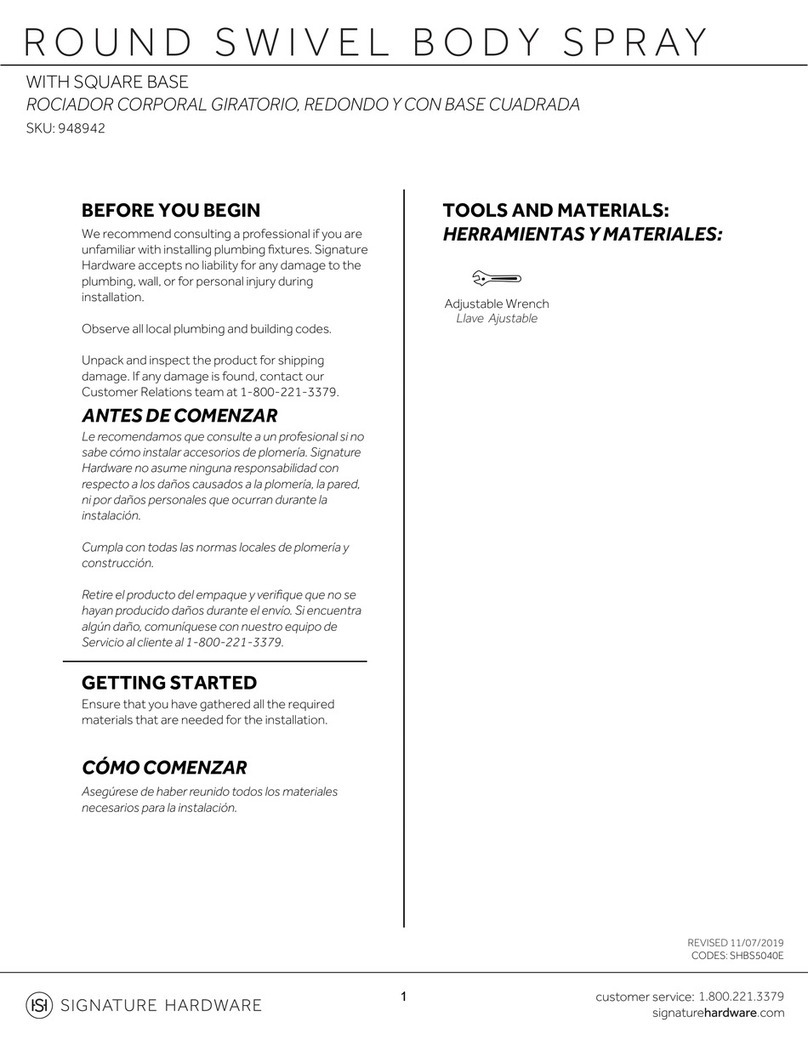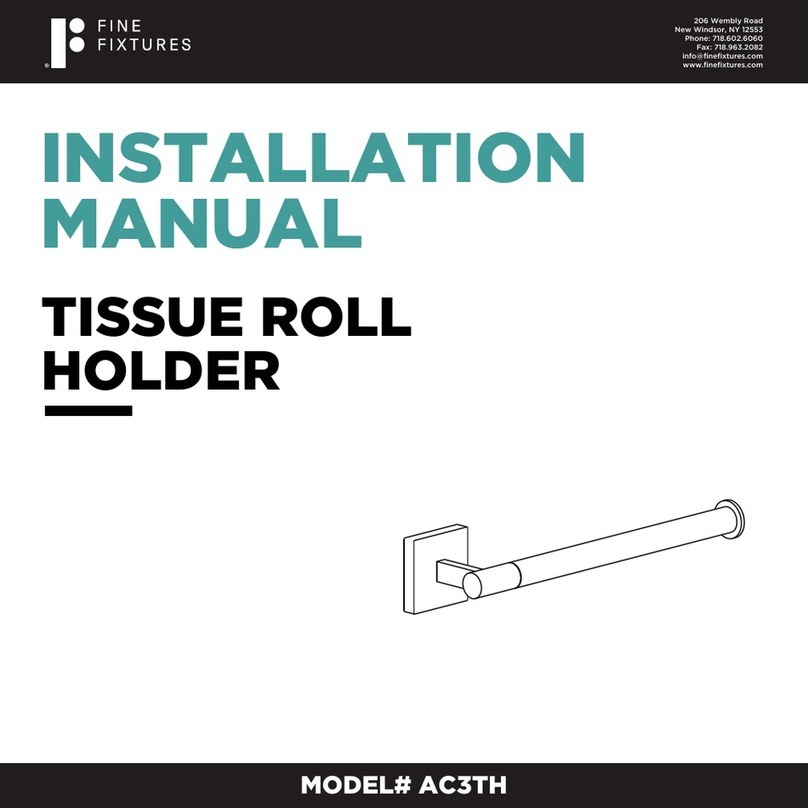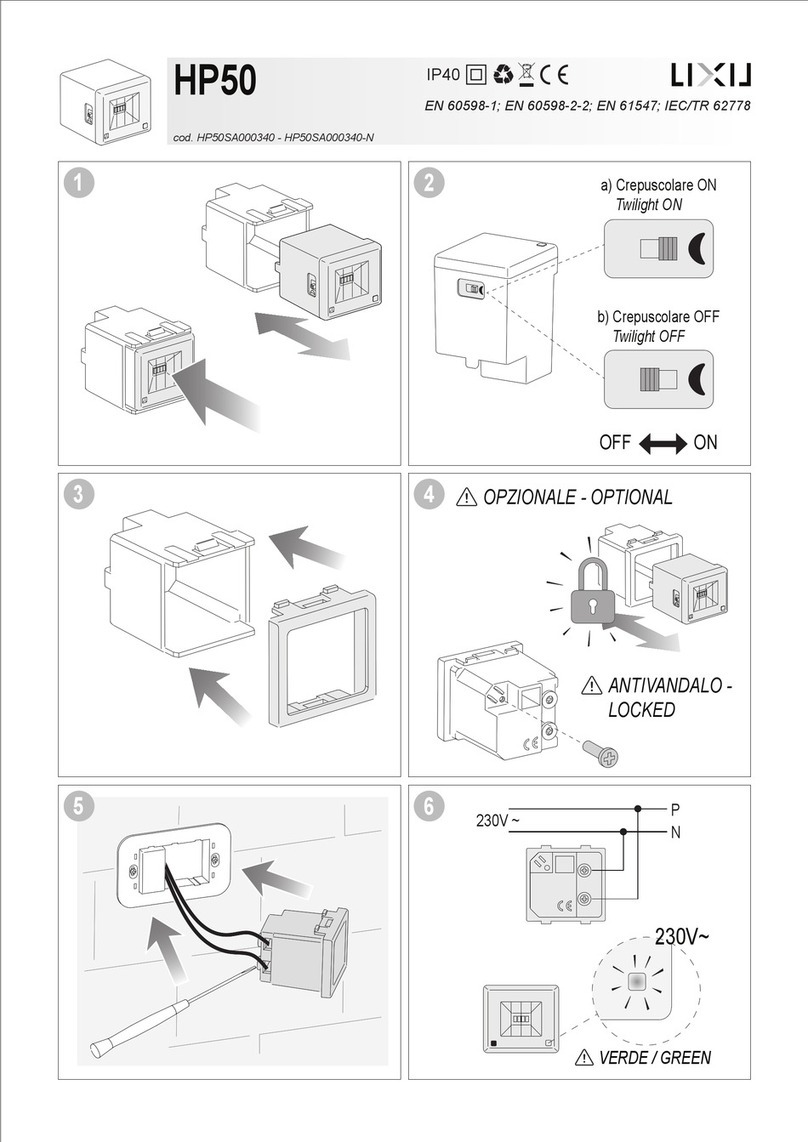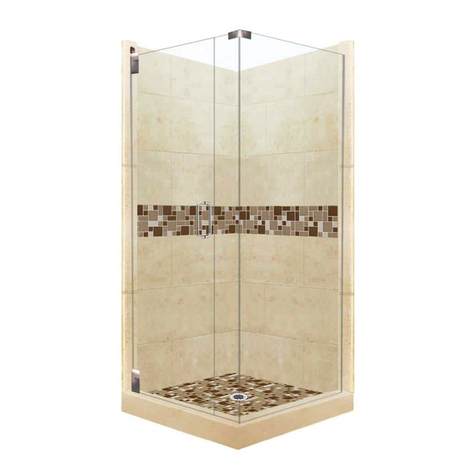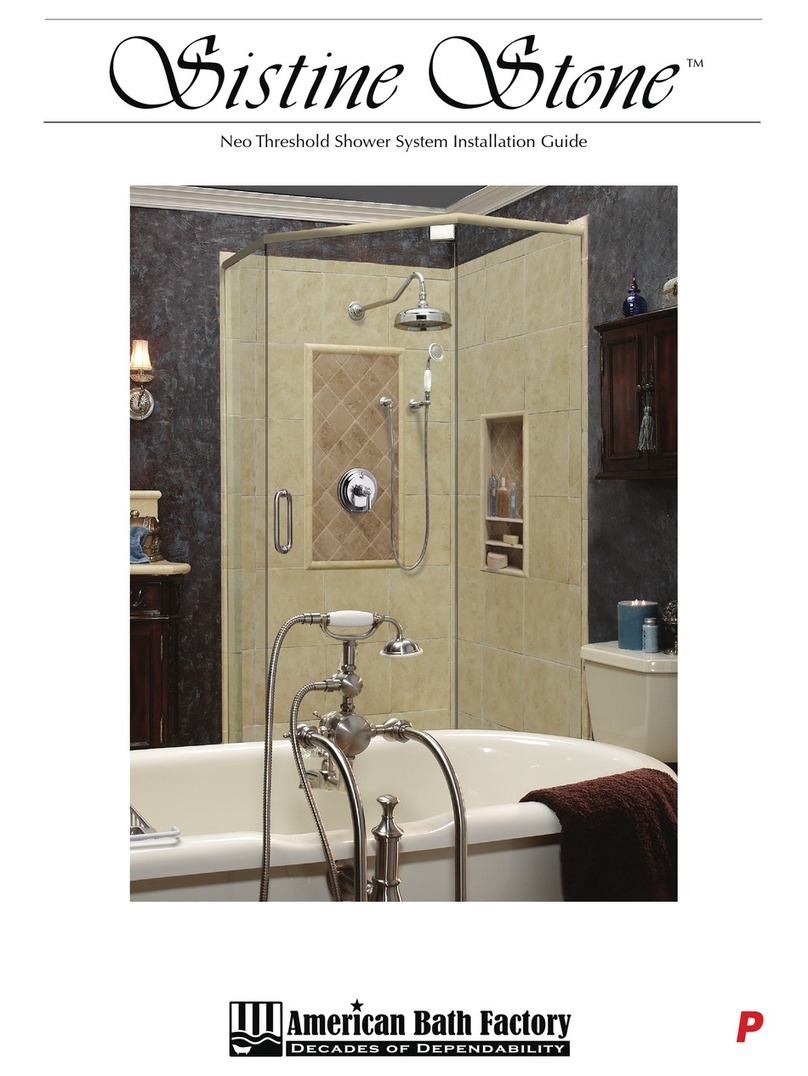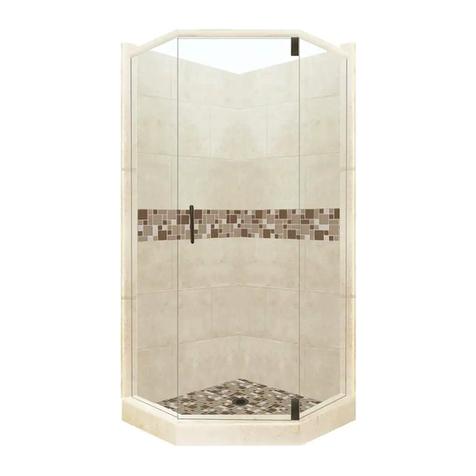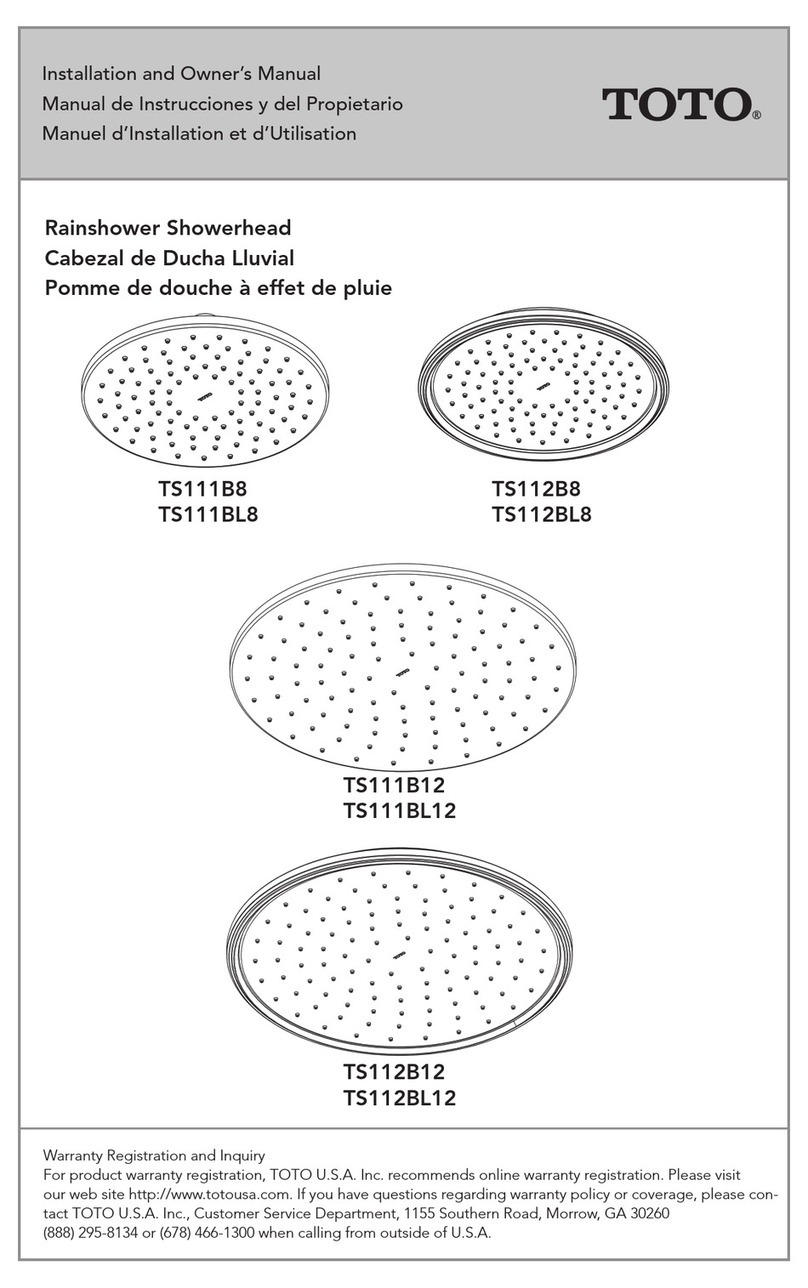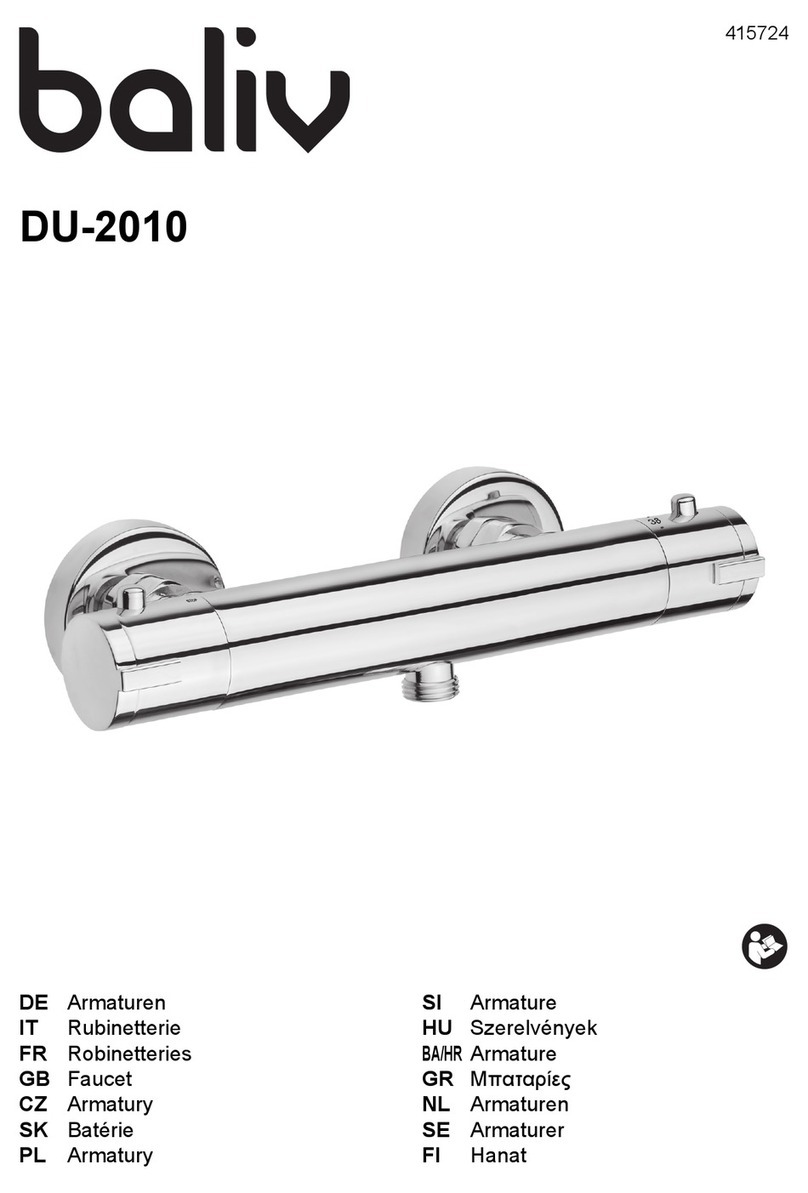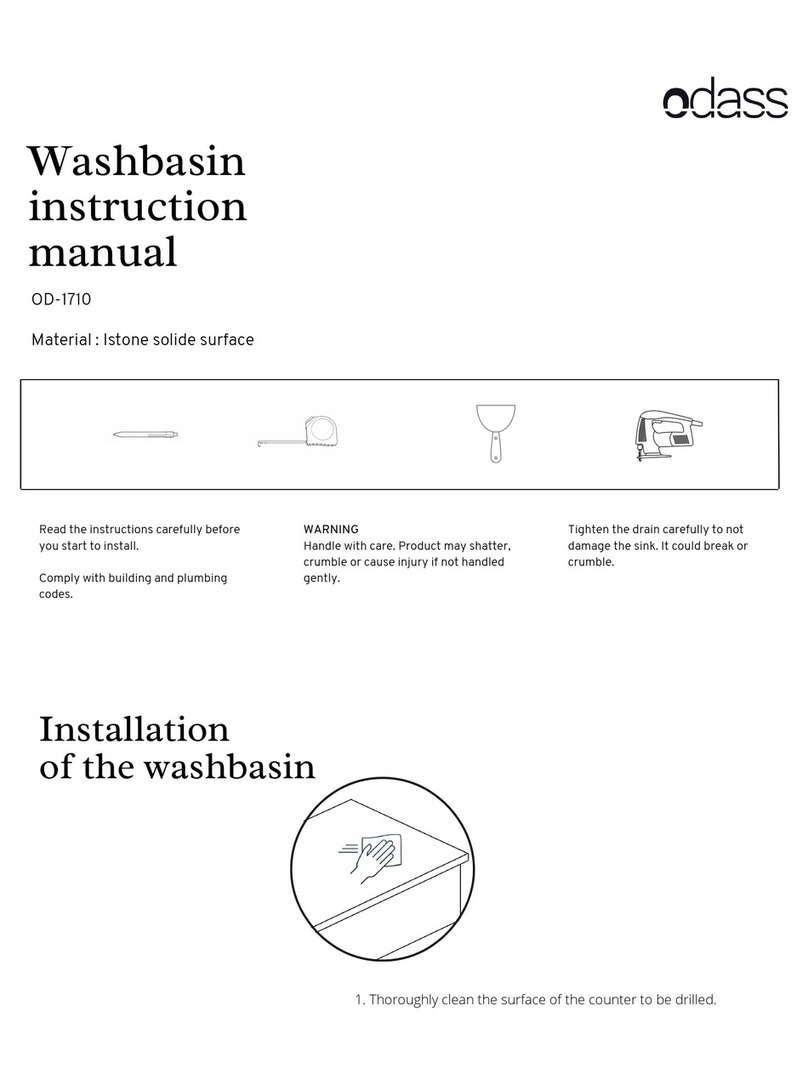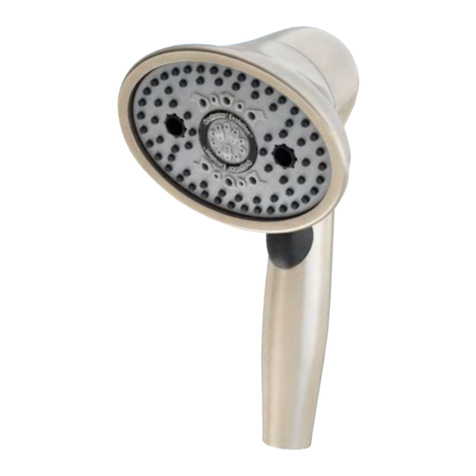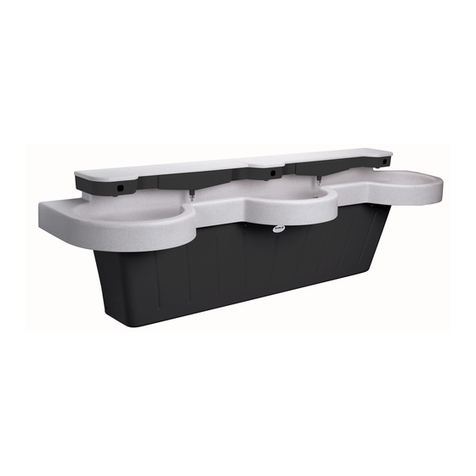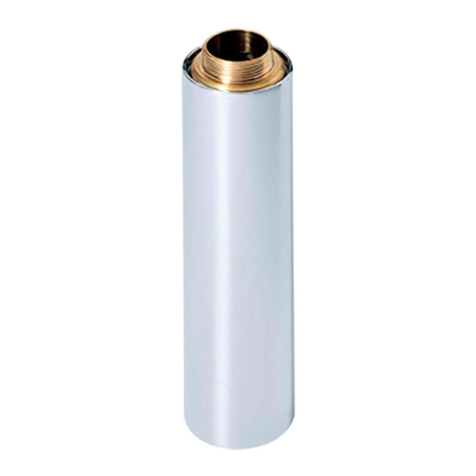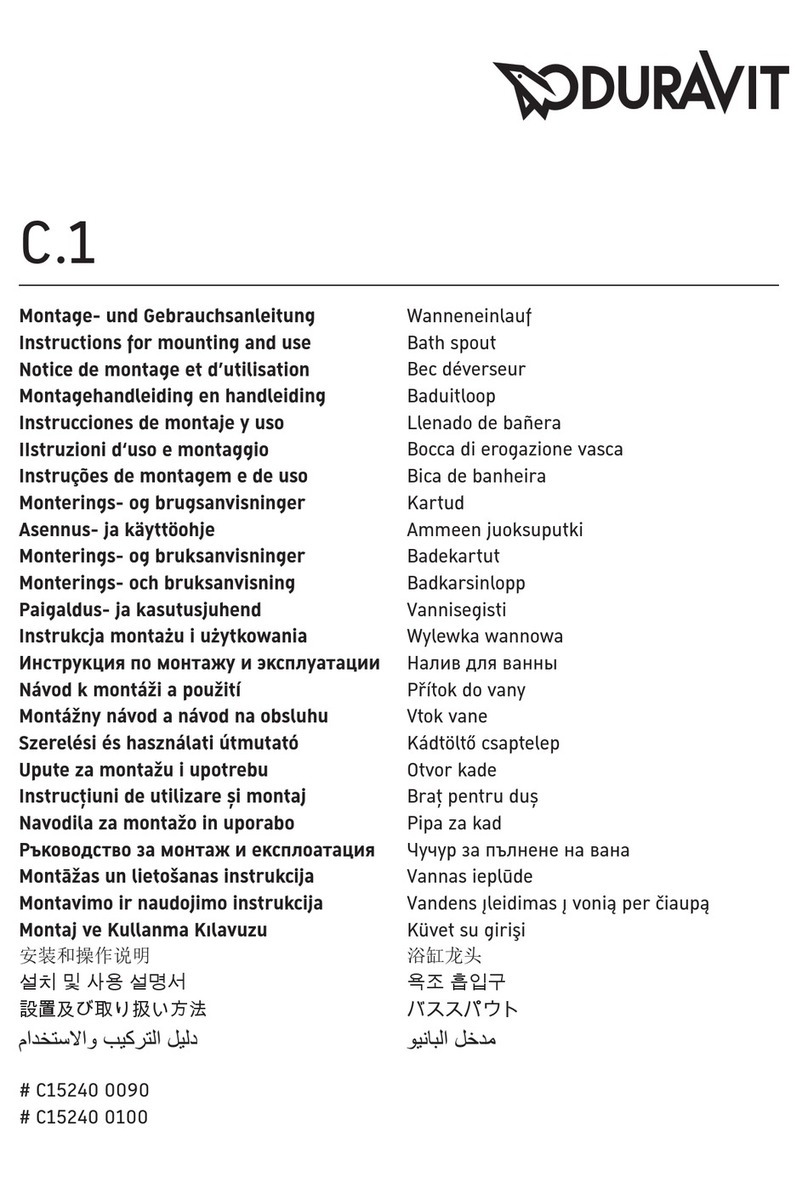
A - Inspecting Wall Panels/Liners
Inspecting panels at this point will give you confidence that the wall panels are straight and square from the factory.
When installing wall panels, you may need to make adjustments to the panels to accommodate for unevenness of your
existing walls. During the inspection process and/or dry-fitting process, if you have any concerns about the alignment or fit
of the wall panels, please call us and we will gladly assist you with your install.
1.
Find a large empty area to layout and inspect all panels.
2.
Align all panels and liners to check for straightness. Make sure grout lines are straight and square to each other.
3.
Sistine Stone wall panels are made to be flexible and may have a slight bow. This condition is normal and wall panels
will flatten out when properly installed. If wall panels have been stored improperly or have become excessivly
bowed, they can be corrected before installation. (See troubleshooting section on last page for details)
B - Dry-fitting Wall Panels/Liners
1.
2. Place the second bottom panel into position, push the two panels together. Make
sure the grout lines are aligned, again use spacers to make the top of the panel level.
Inspect the spacing between the wall panels and the side casing plumb line.
3. Depending on your cement board alignment, some sanding of the wall panel edges
may be required for a proper fit.
4. Place liners L1 & L2 in position and check for level and length. (Dia. 13)
5.
6.
Holding the lower panels and liners in place with screws and blocks or another person,
place the upper panels 4 & 3 into position. Check the length and overlap alignment.
Some fitting may be required.
Depending on your faucet selection, you may need to mark and cut out holes for your
faucet or other accessories (i.e. shampoo shelf) to fit through before you can place the
panel into position. Remember "measure twice, cut once", you can cut our walls with
most cutting tools.
WALL PANEL/LINER INSTALLATION TIME REQUIRED
3-4 HR
diagram 13
8
diagram 12
diagram 14
5
Place the first bottom panel 2 into position. (Dia. 12) Rest the wall panel on the pan
floor; use spacers between the floor and the panel to make the top of the panel level.
C - Installing Panels
1.
2.
Remove all dust and dirt with a clean dry cloth. This will increase the bond to the 100%
silicone.
Start with the bottom panel 2 apply a generous amount of 100% silicone to the
cement board and to the back side of the wall panel. Refer to the manufacturer’s
recommendations for application and drying time.
3. Press the wall firmly into position. Be sure to use spacers between the bottom panel
and the shower pan to ensure panel is level. (dia. 14)
4. Install the remaining panels in the following order:
5. Match the space between the panels with the rest of the grout lines on the panel. Use
spacers if necessary to make the walls square and straight.
2 1 L2 L1 4 3
Br aces may be required to keep walls flush
DO NOT force the panels or liners to fit in a tight space. This will cause the panels to
bow or curve and can cause them to break. Due to the resilient flex in the panels
any bowing will cause the silicone bond to break away from the wall's surface.
See installation video at americanbathfactory.com/pages/videos

